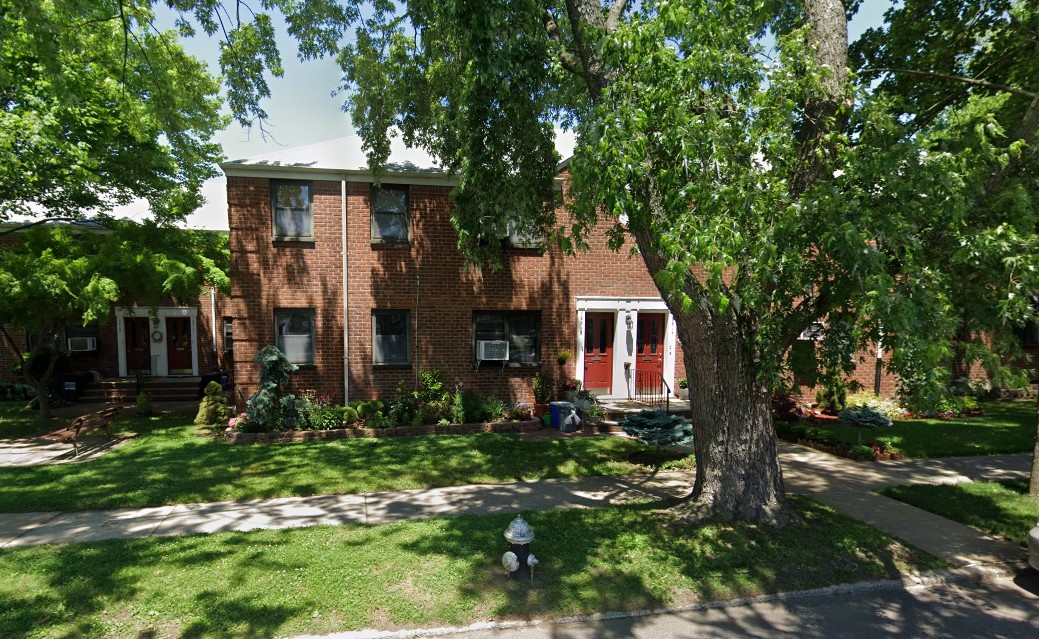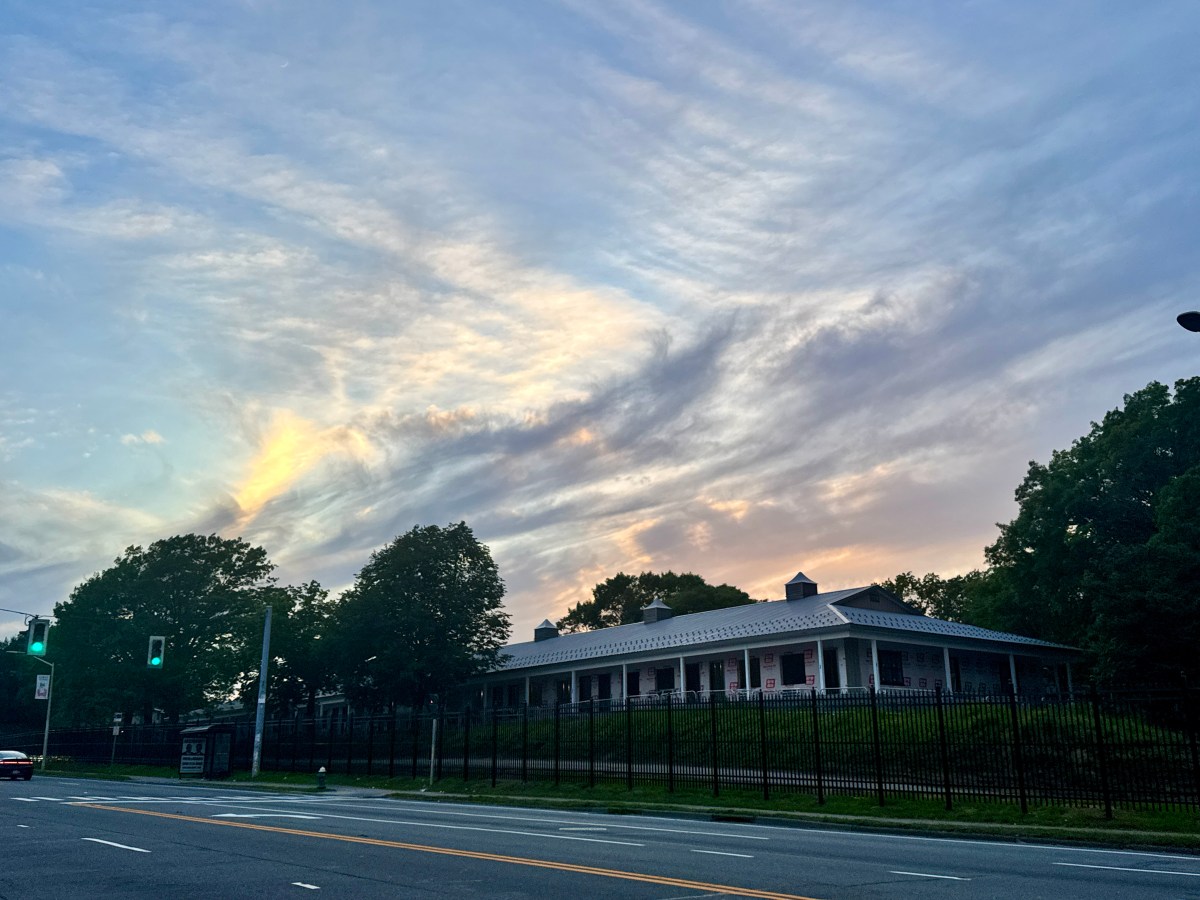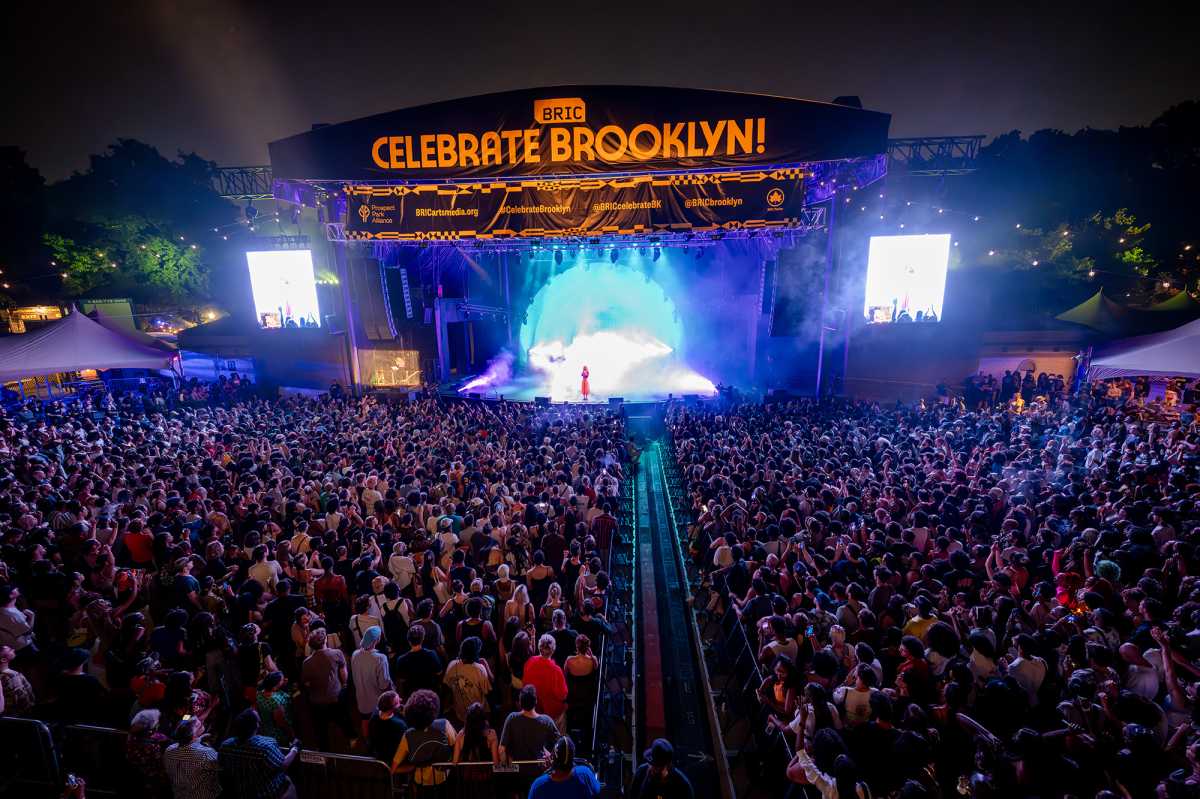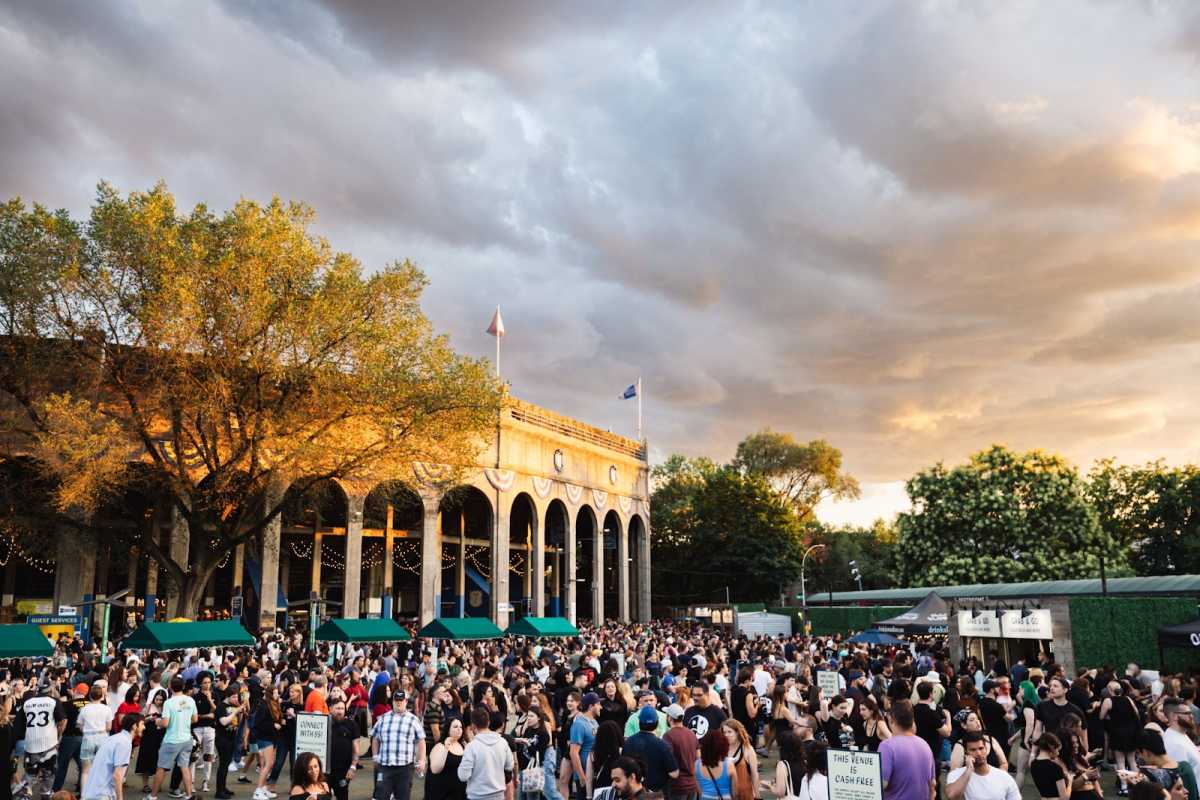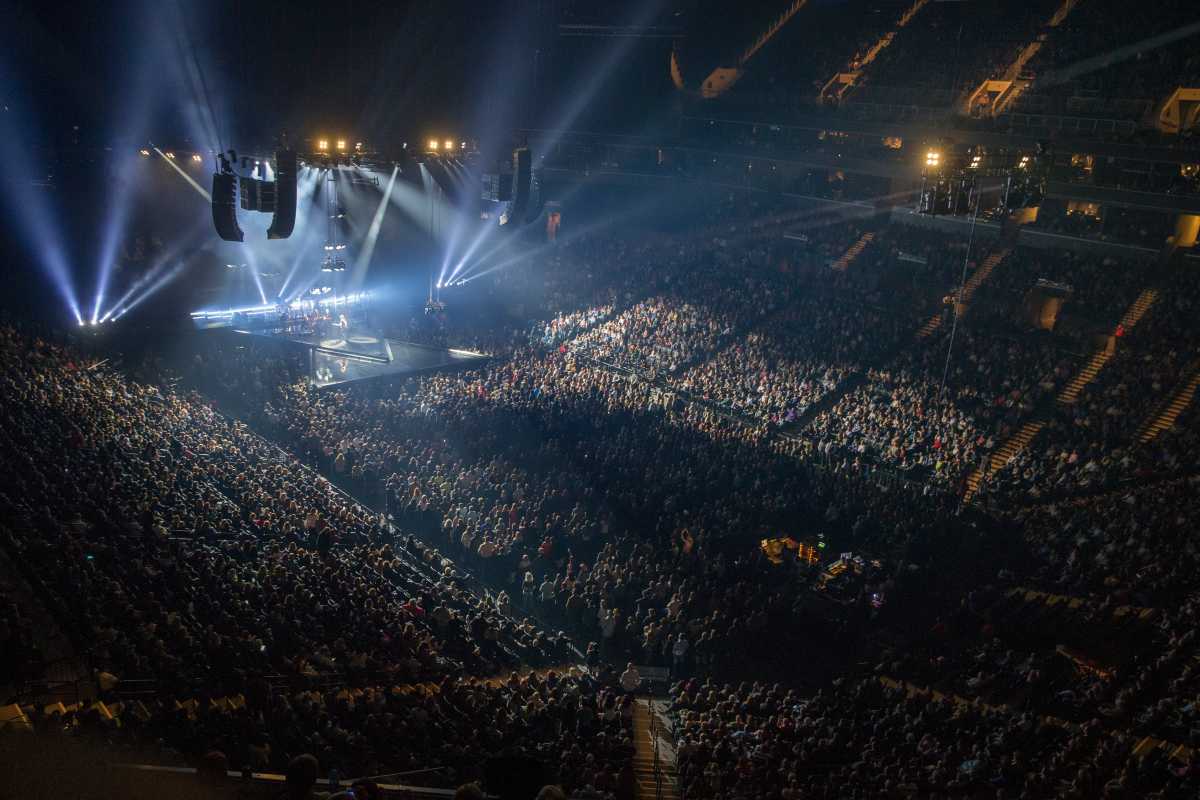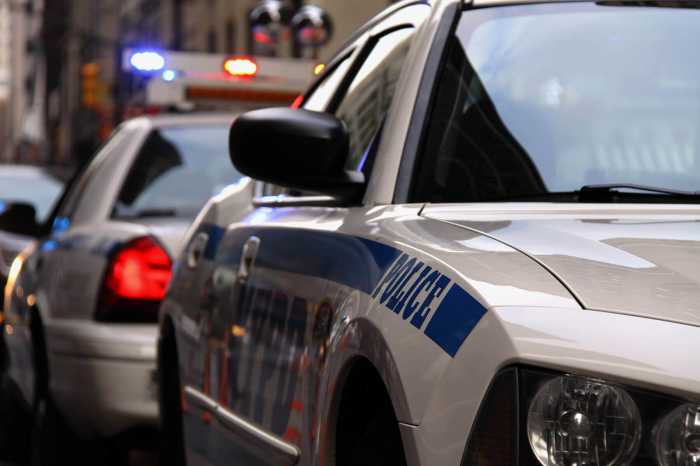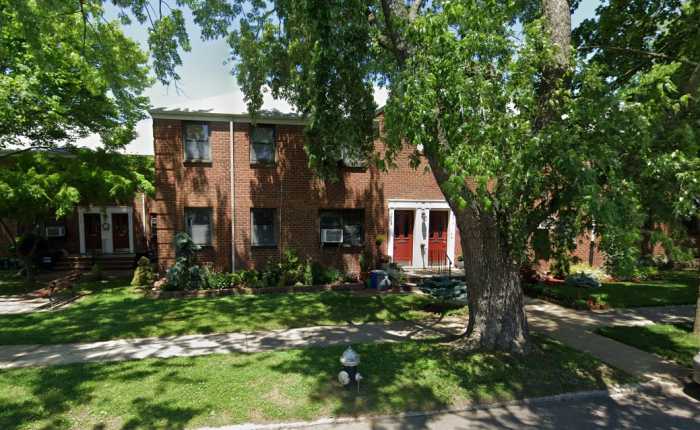By Julie Shapiro
On a quiet, shadowed block of John St., amid closed storefronts and towering scaffolding, the yellow and blue sign for the Roxy diner still gleams.
Inside, owner Thomas Tsolomytis looks cheerfully to the door each time it opens, greeting both new and veteran customers with the same broad smile.
But when Tsolomytis, 65, stopped calling out orders and sat down to discuss the restaurant he opened 33 years ago, his smile disappeared. His forehead wrinkled and he sighed as he described an impending end he never envisioned for his restaurant.
“It’s bad, very bad,” Tsolomytis said. “I used all my money and I put it here. It gets worse every day. I have no more money to put in.”
The exodus of Wall St. firms and the massive financial sector layoffs have drained Tsolomytis’ lunchtime business, dragging his revenue down 40 percent from last year. Many buildings on and around John St. now house high-end condos, not offices.
“They don’t help much,” Tsolomytis said of the new residents. “They’re not here all day.”
The block of John St. between Broadway and Nassau St. is just one of many in Lower Manhattan and across the city and country where small businesses are struggling to eke out a living. But many of the challenges on John St. are particular to a neighborhood that survived the 9/11 attacks less than eight years ago.
Construction is a ubiquitous problem in Lower Manhattan, and John St. is no exception. Scaffolding drapes half the block, obscuring businesses’ entryways and signage. The empty hulk of the Corbin Building has stood frozen for more than two years, after the Metropolitan Transportation Authority evicted businesses to make way for a new subway station that is still years from opening. The block has 13 empty storefronts, including the Casual Grill, which closed, and Korean restaurant Seh Ja Meh, which moved to Greenwich St.
While nothing can compare to the devastation of 9/11, half a dozen small business owners in Lower Manhattan said the impact of the economic downturn is worse because there is no end in sight. They said they exhausted their personal resources to weather the dismal months after 9/11, and now they have nothing left.
That’s what happened to Tsolomytis, who used his savings to buoy Roxy immediately after the attacks. This time, though, he has no safety net and said he will soon have to either close or sell the restaurant where he has spent 12 hours a day since 1976.
“This is my house,” Tsolomytis said forlornly. “I know everybody here. But what are you going to do?”
Other storeowners on Tsolomytis’ block are asking themselves the same question. Several told Downtown Express their bills are piling up and it’s only a matter of time before they have to close.
At Evelyn’s Chocolates, a 40-year-institution on John St., the confections in glass cases sit largely untouched, except when a stray customer wanders in. Sales are down 50 percent from last year, far worse than the 20 or 30 percent drop-off after 9/11, said Alex Valdez, the manager. Business picks up briefly around holidays but then falls off again, he said.
Like Tsolomytis, Valdez blamed the financial sector layoffs and the neighborhood’s shift from offices to condos.
“The people that live around here — they don’t spend money,” Valdez said.
Across the street, half the chairs were empty at Daniella Salon. Many of the salon’s longtime customers worked Downtown but lived on Staten Island or another borough, and once they lost their jobs they decided not to trek back to Lower Manhattan just to get their hair cut, co-owner Daniella Yakubov said.
“Now it’s completely dead,” Yakubov said. After 18 years on John St., the salon may close soon, she said.
The drought of business in Lower Manhattan and across the country has produced a profusion of ideas on how to help.
On the national level, President Barack Obama announced a $15 billion lifeline on Monday that he said would spur loans to small businesses. It is unclear how much of an impact this will have on Lower Manhattan, and how soon the loans could arrive.
The Downtown Alliance, which runs Lower Manhattan’s business improvement district, is trying to help in the meantime. The Alliance has a small business networking program and in January launched Hungry for More, a campaign to drive traffic to restaurants.
“Lower Manhattan is not immune to the global economic crisis,” said Liz Berger, president of the Alliance. “We’re listening to our retailers and small business owners and will continue to think about what we can do.”
The Alliance does not have statistics on the number of businesses that have closed over the last year, but Arthur Gregory, owner of the pub B4, drove around Lower Manhattan to do an informal block-by-block survey. Based on his memory of the blocks over the past two years, he found: In Tribeca, 129 shops closed and 59 opened; in the Seaport and Financial District, 232 closed and 115 opened; and in Battery Park City, 15 closed and four opened.
Gregory found many vacant storefronts, and he said about 20 of the new stores are banks.
“They’re going to have to do some kind of stimulus down here,” Gregory said.
A slew of creative stimulus ideas surfaced during a roundtable that 10 local business owners, including Gregory, held with U.S. Rep. Jerrold Nadler last month.
Jean Grillo, the Democratic district leader who organized the meeting, wants to turn empty Wall St. office space into a new garment district. That would bring together struggling clothing retailers from around Lower Manhattan and Chinatown, along with recent fashion graduates who want to open their own shops, and would drive foot traffic to the neighborhood, Grillo said. Several elected officials are interested in the idea, and Grillo hopes to get federal funding to subsidize rents.
Albert Capsouto, co-owner of Capsouto Freres restaurant on Washington St., is also hoping for federal assistance.
Like many business owners Downtown, Capsouto took out a 30-year loan from the Small Business Administration after 9/11 and cannot take out any additional loans as he works to repay it. He wants the S.B.A. to return to him the portion of the loan he has repaid so far, extending the repayment period by eight years.
“It’s a significant amount of money, and we could definitely use it right now,” Capsouto said. “It could be very useful in bridging to the time when the economy stabilizes.”
Capsouto did not give figures but said his weekday lunch business has taken the biggest hit since financial firms started closing.
“In retrospect, this is a bit worse than 9/11 because it’s endemic,” he said, “It’s the whole nation. You can’t draw from [the outer] boroughs …. You can throw out all the nets you want — if you don’t have fish in the sea, it doesn’t help.”
Capsouto said the public backlash against banks that have received bailouts has prompted companies to tighten spending even if they don’t have to.
“It’s not just that they don’t have the ability to spend — it’s that they don’t want to have the appearance of spending,” Capsouto said. “Companies do not want to be seen…going out, spending, celebrating anything, because the feeling is that they shouldn’t be celebrating right now.”
A friend of Capsouto’s at a large firm was told by upper brass not to use the firm’s name when making restaurant reservations, Capsouto said. The fear of spending is creating a cycle that could be hard to reverse, and it is making both companies and individuals close their wallets, Capsouto said.
“A lot of people have lost their jobs, and [the rest] are not in the mood to celebrate,” Capsouto said.
But not all small businesses are reporting trouble.
Harry Poulakakos, who started opening restaurants in Lower Manhattan 37 years ago, said his string of Financial District establishments are doing well.
“People are still coming out,” said Poulakakos, who owns Ulysses’, Bayard’s and Harry’s Café. “Maybe they don’t spend as much as they used to spend…but we don’t find any difference — we’re still busy. People, they just like to complain sometimes. Everyone wants a stimulus package.”
Poulakakos said he still attracts daytime business from Wall St. and tourists, and then the new residents Downtown fill his restaurants until late at night.
“It’s plenty of business,” he said. “You have to tap into both of the markets.”
Pamela Gill, general manager of Les Halles French restaurant on John St., also said her sales are steady. Despite the financial sector layoffs, many city workers remain Downtown and the courts attract throngs of jurors to the neighborhood every day, Gill said.
“People may be less likely to go shopping, but they’re still going to eat,” Gill said.
Gill recently noticed a shift in the drinking habits of her patrons. As the recession unfurled last fall, financial workers crowded the bar whenever the Dow plumbed new lows.
“Just recently it turned the other way,” Gill said. “Every time the stock market is up, we get a lot of drinkers.”
Asked if this could mean the economy is turning around, Gill shrugged and laughed. But like many other business owners Downtown, she seemed willing to take anything as a good sign.
Julie@DowntownExpress.com















